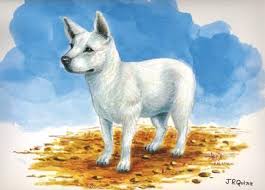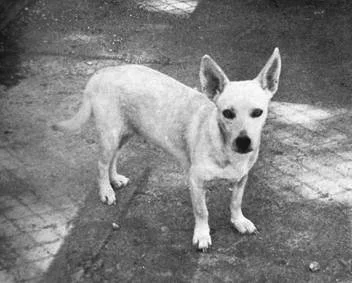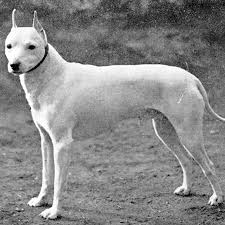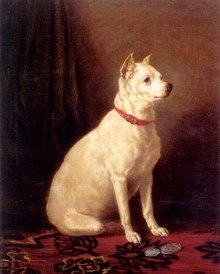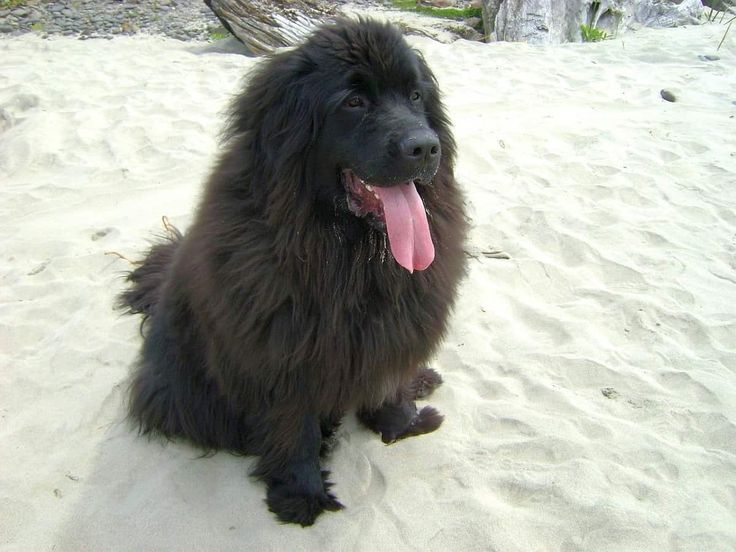The Hawaiian Poi Dog was a unique breed of pariah dog that was brought to Hawaii by Polynesian settlers around 300-800 AD. This small to medium-sized dog was bred specifically for food production and religious ceremonies in ancient Hawaiian culture.
Named after poi, the traditional Hawaiian staple food made from taro root, these dogs were intentionally fattened on a vegetarian diet of poi and other starches. Their meat was considered a delicacy and was reserved for royalty and special occasions. The breed became extinct in the late 19th century due to interbreeding with imported dogs and changing cultural practices.
Poi dogs played an important role in Hawaiian society beyond just food. They were considered spiritual protectors and were sometimes sacrificed in religious ceremonies. Their bones were used to make fishhooks and other tools, and their skins were used for drum coverings.
